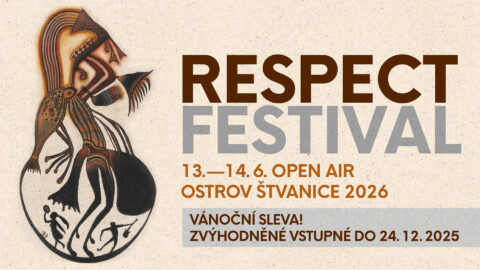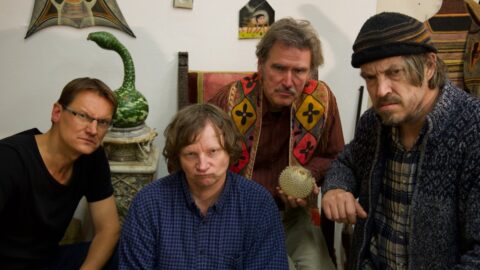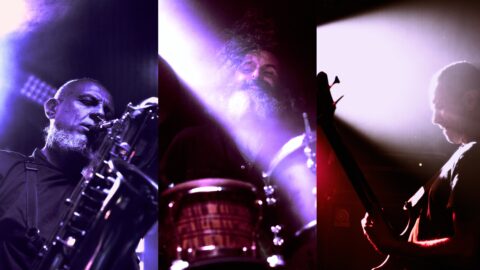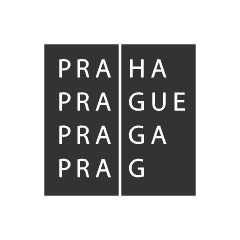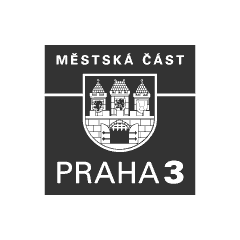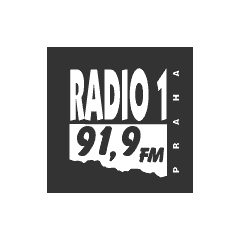Etran de L'Aïr are a wedding band based in the town of Agadez, an urban center of the desert, and a city renowned for the production of music – in particular the electric guitar and the so-called “desert blues,” popularized as late by bands such as Mdou Moctar and Bombino. Agadez is a guitar town, and boasts dozens of bands. All of these groups are working musicians. In the Sahara, this style of electric guitar is intertwined with a social function. Bands are ceremonial, and are hired out to play in weddings, baptisms, outdoor soirees and political events.
The name Etran de L’Aïr translates to “the Stars of the Aïr,” the mountainous region of Northern Niger. The group incorporate vastly different musics into their repertoire, maintaining a festive electric style executed by a constant dialogue between three guitars.
Their album No. 1, recorded on a cellphone, was released through Sahel Sounds as the first installment of the ‘Music from Saharan WhatsApp’ series. The project is an experiment in giving bands a more direct income stream, and empowering them in the worldwide monetization of their own art. The New Yorker named No. 1 her favorite album of the year, stating that it reminded her of “what it feels like to be outside, among friends, happy, dissolving into sound”.
Etran is not just a musical group, but a family collective. Formed in 1995, an eternity ago in the Sahara, Etran was founded by member Aghaly Migi. Over the years, he taught his younger brothers to play, and integrated them into the group. Agadez was much smaller than, there was little electricy, and the electric guitar was rare. When the band began, they only had one acoustic guitar, and the rhythm section was a calabash floating in water “hit with a sandal, to make a drum.” When amplification eventually found its way to Agadez, the acoustic guitar was modified, using a transducer microphone. In the past 10 years, the band was able to acquire more material – a drum set, a few electric guitars. As the family grew, so did the band. Today, all the members are related, brothers and cousins. The size fluctuates per performance, between 3 and 9.
“No. 1′ was recorded live, outside of the band’s compound in the outskirts of Agadez, and it contains absolutely everything I have desperately missed about non-virtual concerts: heady, spontaneous grooves, the sound of people clapping, involuntarily loosed whoops.” (The New Yorker)



